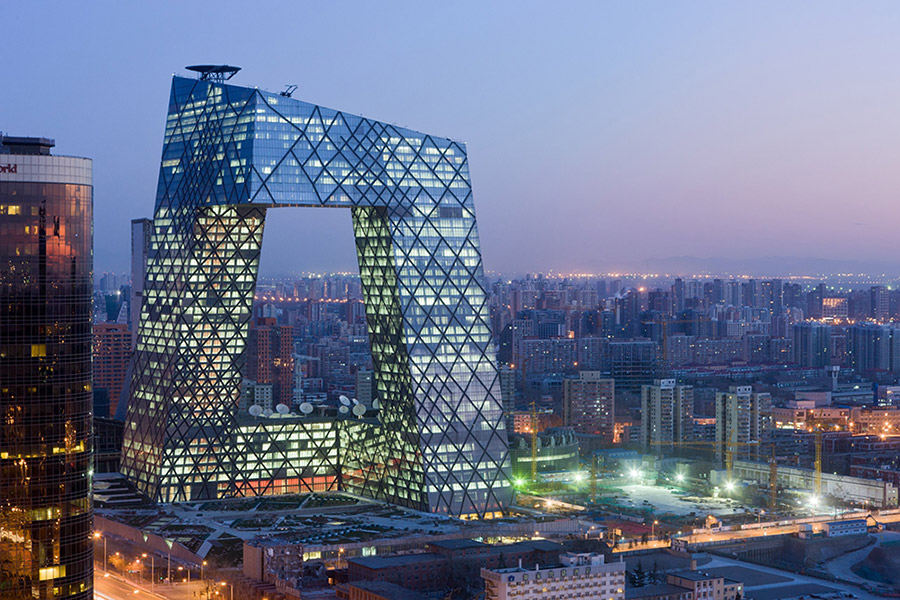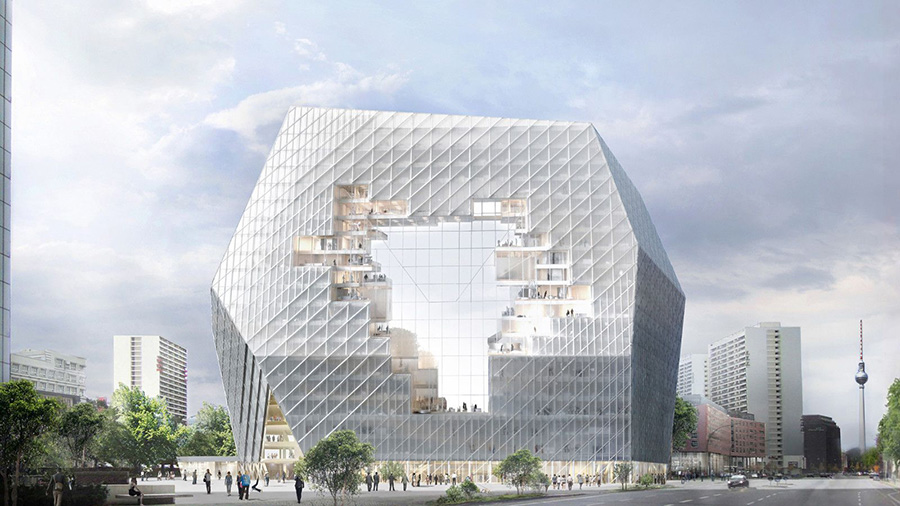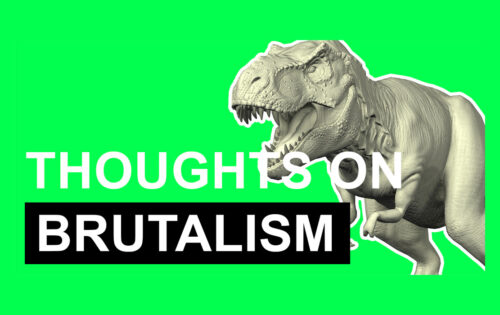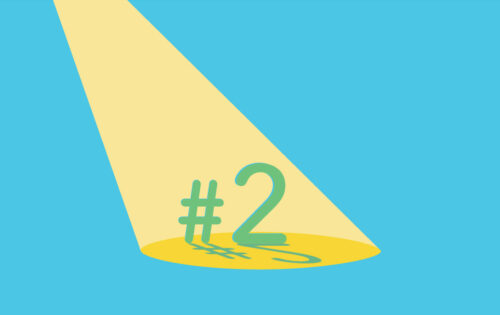
We have grown into a world that is fascinated by the glass high rise and the monotony of vertical living. One in which creativity has faced a stall in architectural innovation because we, as humans and developers, have wearily strayed away from funding urban projects that differ from the safety of our traditions. We have insisted on building cookie cutter cities rather than ones defined by their individuality and lack of conformity. But, as our world is slowly evolving to push for more environmentally conscious structures focused on sustainability, we must also think about how creativity and originality are going to play a necessary role in building cities that are aesthetically sustainable.
In a talk entitled “Why the Buildings of Our Future Will Be Shaped by You” Marc Kushner talks about the one quality that all of the cities we travel to have: an innate ability to encourage its visitors to walk everywhere. In a list of cities, he discusses tourist destination locales such as Paris, where wide vistas lead way into architectural monuments carefully crafted and adorned with cafes sprawling with outdoor seating. So why, he asks, do we insist on building repetitive cities? Why do we not support the creative freedom to develop cities that inspire visitors to walk and interact with the buildings that surround them.
Kushner argues that the successful cities, those with the most sustainable design, will be those in which we allow architects and designers to take the creative initiative to build something new. A type of city that is not only functional, but that has an architectural quality with which we, as humans, want to constantly interact. And I agree. Personally, I have noticed that those places that I love the most, whether entire cities or small niches in little towns, are those that encourage me to explore. I am bored of the blue glass tower. I am bored of monotony. I want creativity.
 Ole Scheeren – China Central Television Headquarters. Beijing, China.
Ole Scheeren – China Central Television Headquarters. Beijing, China.
One architect working to redefine urban landscapes is Ole Scheeren. In his talk “Why Great Architecture Should Tell a Story” architect Scheeren states his case for creating living and working spaces that focus on the daily lives of the humans that interact with them. He discusses the vertical tower as a hierarchical monument dedicated to human sectionalization and segregation. Where those at the top are the most powerful and those at the bottom are the least and there is minimal or no interaction between the two.
He explains his design for the headquarters of China’s National Broadcaster where he focused on bringing all of the elements and people that go into creating a television program together. He came up with a loop structure that would provide a space “that is more about collaboration rather than isolation.” In another design, Scheeren and a group of architects conceptualized the “Collaborative Cloud,” an interactive work structure meant to serve as the headquarters for a firm moving from print to digital media. The building features a massive central hole or open space where small niches and rooms encourage employee interaction and collaboration. The internet has made it possible for many employees to work from anywhere, but Scheeren focuses on making office spaces that inspire employees to come in and work collaboratively rather than remotely and individually.
Scheeren’s designs and ideals closely coincide with other architects who have shifted their development focus to creating urban spaces that focus on human interaction rather than human isolation.
 Ole Scheeren – Architecture Collaborative Cloud. Berlin, Germany.
Ole Scheeren – Architecture Collaborative Cloud. Berlin, Germany.
In “7 Principles for Building Better Cities” Peter Calthorpe talks about “overcoming global sprawl” which he describes as being one of the key design aspects hindering people from being more interactive and collaborative. He discusses the world we have created in which people idealize having their own places of isolation but how that desire for private space is actually detrimental to our environment. But he points out that people are drawn to cities that focus on transit and have walkable and bike friendly paths. Calthorpe’s seven elements to building a better city are as follows:
1. Preserve: avoid destroying our natural environment by avoiding building on it.
2. Mix: focus on mix-use buildings and vertical living. Also have a mix of people with different incomes, ages, backgrounds.
3. Walk: make paths that are attractive and encourage walking for urban inhabitants.
4. Bike: build paths that are adequate for biking.
5. Connect: design cities with smaller blocks and more paths that allow for a network of interconnected walkways that provide many routes for getting from one place to another.
6. Ride: invest in transit within a city.
7. Focus: match density and mix to transit capacity.
Calthorpe’s ideal city focuses on mixed-use compact development. By living in smaller spaces that are closer together, he says, we can even avoid pollution because we will need to travel less for goods, work, etc. By living in a walkable city, we can reverse pollution by choosing to walk, bike, or even taking electric transportation like golf carts, electric scooters, small electric cars from place to place. Essentially, he says, by living closer together and by reducing “sprawl” we can preserve natural space for farmers while encouraging cleaner air.
At the same time that we should begin allowing our creatives to design innovative cities, our extensive use of technology calls for online user bases that also encourage interaction, inspire creativity AND are aesthetically pleasing.
Today, we can do anything and everything on our own if we really wanted to. When building a company, it can be easy to be frugal and try to create every design, website, social media platform on our own. But, by putting all of that pressure on ourselves as entrepreneurs we can sometimes forget that we are not equipped and trained to think about online user experience. From a business side, it is important that we incorporate designers and technicians to come in and think deeply about the ways in which your consumers will interact with a page. Where technology plays a massive role in many people’s lives as nearly everyone spends a vast chunk of their waking hours in front of TV’s, computers, on their phones, etc., technological design and user interaction becomes a paramount feature of business planning. Bringing in artistic and technical web designers and allowing them to come up with their own innovative and creative versions of websites can be a key in maintaining and gaining customers / consumers.
Overall, with the work of innovative thinkers whether architects or designers, we can encourage designs and developments that are vastly sustainable both environmentally and aesthetically. By allowing creatives to build beautiful spaces that focus on human interaction, we can allow architecture to be built into our daily lives and culture and transform our urban areas into clean and welcoming spaces rather than polluted, repetitive and boring compounds. And by allowing the artists and designers we employ whether in branding, web design, or any other form of design, to come up with new and original work we can avoid the defunct boringness of our technological history and open up a world where we interact seamlessly with technology.


